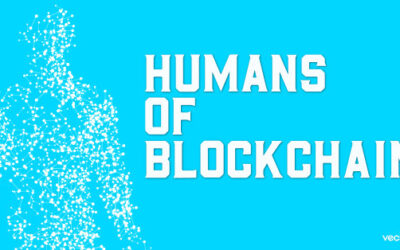On Friday, VeChain announced their partnership with two technology service providers in China. Unfortunately, the news was only announced in Chinese, and sent the internet scurrying for their translation apps.
Shanghai Houlianhui Information Technology is working on a digital certification service that can be used by government agencies, schools, as well as many other professional industries like finance and law.
Zhongshang Beidou is a Beijing-based supply chain management company that provides a number of services, including blockchain-as-a-service. They partnered with VeChain to provide a food traceability program, similar to the Bright Code announcement by DNV GL.

Both of these companies are relatively new, having been established in 2015. Neither announcement will set the world on fire, but they show a consistent trend that I’ve been discussing for awhile now. VeChain continues to fragment, providing the core technology for existing service companies to build upon. The benefits of this strategy are:
- Enterprises bring unique experience for specialized situations
- Enterprises have access to existing client bases with established trust and reputation
- Enterprises are more likely to promote their own solutions to clients
- Clients, especially in China, are more likely to use a solution built by a recognized and trusted partner
- Business Development is separate from the VeChain digital currency, providing legal compliance
- VeChain doesn’t need to hire as many in-house developers
- VeChain’s development team can focus on developing core features rather than third-party dApps
The personal experience and established client bases companies like this bring to VeChain forms a valuable launchpad towards becoming a globally-recognized enterprise blockchain. Two weeks ago we saw similar integration with BIOS Middle East (Dubai), who are also creating their own BaaS solution for their customers. As this trend continues, VeChain on-chain transactions will continue to increase as third-party web-based service providers expand the functionality of the blockchain.





